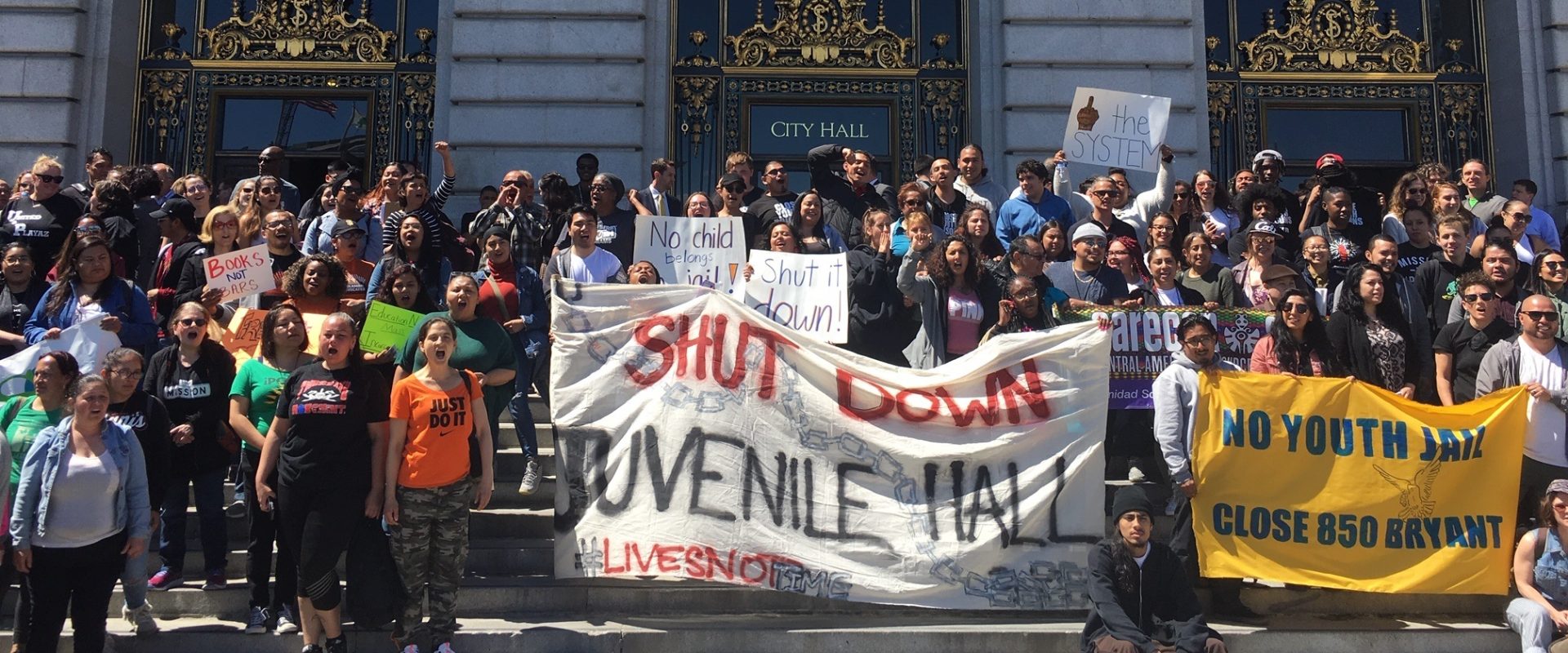Blog Apr 9, 2010
The epidemic of abuse continues
In my most recent post I said that I would continue my investigation of what I termed an “epidemic” of abuse inside juvenile institutions. This led me first to the state of Mississippi. In Mississippi the situation has become so bad that a special web site has been set up devoted to following the issue. It is called “A Mississippi Gulag .” Back in 2002 the Southern Poverty Law Center (SPLC) began an investigation of the conditions inside the Oakley Training School in Raymond,…
Blog Apr 7, 2010
CJCJ Supports SB 399
Senate Bill 399 is the California Fair Sentencing for Youth Act introduced by Senator Leland Yee. Current laws allow youth as young as 14 to be sentenced to life without the possibility of parole (LWOP). The United States and Somalia are the only countries that allow children under the age of 18 to serve this harsh sentence; a sentence that provides no chance of rehabilitation and is a one-way ticket to death inside prison walls. SB 399 allows youths sentenced to LWOP the chance to contest…
Blog Apr 3, 2010
CJCJ Opposes AB 2141
Congratulations to Patti Lee and Jeff Adachi of the San Francisco Public Defender’s Office for their tireless effort in defeating AB 2141. Patti Lee served as the lead opposition by organizing CJCJ, Youth Law Center, and the Commonwealth Juvenile Justice Program along with the Public Defenders’ Offices from 5 counties, including San Francisco and Alameda to back her in this fight against the bill. Without Patti Lee and Jeff Adachi’s opposition and perseverance in defeating this bill, more youth…
CJCJ’s Senior Research Fellow Mike A. Males, Ph.D. and professor of women’s studies at the University of Hawaii Meda-Chesney Lind were featured in the New York Times for their article, “The Myth of Mean Girls “. Read the article and help dismantle the myth. Image by Maxwell Holyoke-Hirsch.
Daniel Macallair, MPA, Executive Director of the Center on Juvenile and Criminal Justice, article titled “Wasting Tax Dollars: Public Relations and the California Youth Corrections System ” was recently featured in the California Progress Report. Mr. Macallair discusses that despite the class action law suit (Farrell v Cate) against the Division of Juvenile Justice (DJJ), the state is not in full compliance with reforming the State’s youth correctional facilities. Further, the article exposes…
